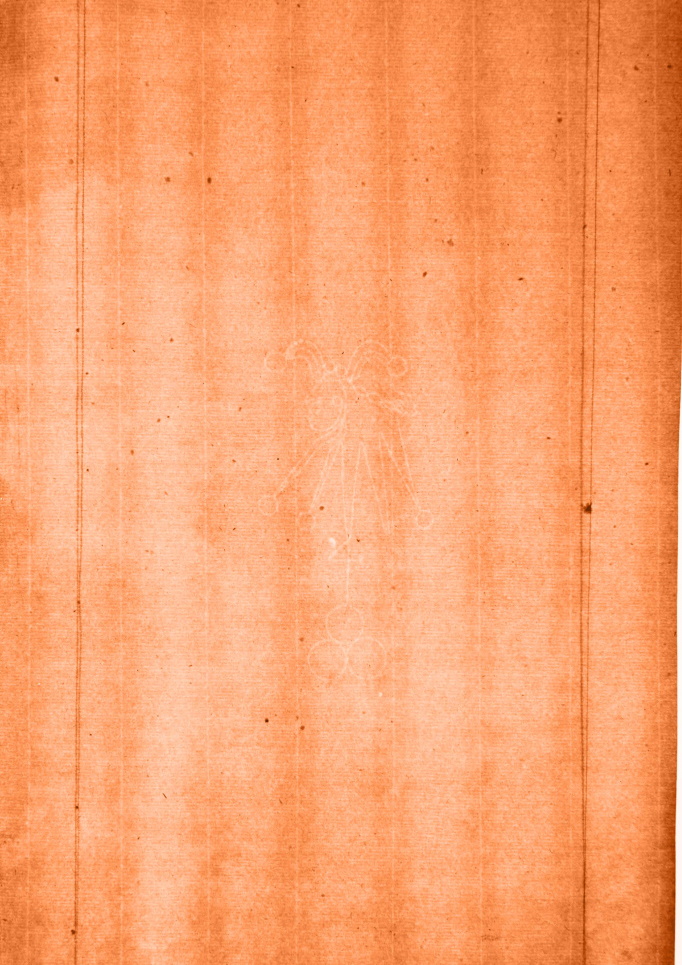Moldmate identification in pre-19th-century European paper using quantitative analysis of watermarks, chain line intervals, and laid line density
Identifiers (Article)
Abstract
Handmade laid paper has the important quality that every sheet of paper formed on the same papermaking mold retains a nearly identical imprint of the mold’s wire structure. These “moldmates” are identified by analyzing the recorded wire features, which are visible using transmitted light. When visual analysis is not sufficient to distinguish moldmates, three features of the mold’s wire mesh can be quantitatively analyzed using image processing techniques: watermark shape and placement, chain line intervals, and laid line density, for which a new method of analysis is introduced here. Using signal processing procedures, the frequency of the laid lines across a sheet of paper was found to fluctuate in a pattern unique to that mold. These quantitative methods were tested on a sample set of blank sheets from a 1536 edition of De re militari by Vegetius; computational analysis using any one of the three features was able to distinguish between four molds used in the group of papers. These results demonstrate that any of these techniques can be chosen as appropriate to determine moldmates from within a set of laid paper, regardless of size or the inclusion of a full watermark.
Statistics
References
[2] Hansen, Lara D. “Between the Sheets: The Use of Paper Evidence in Bibliographical Reconstruction of the Shakespeare First Folio.” Ph.D. Thesis, University of Nevada, Reno, 2014.
[3] Hinterding, Erik. “Rembrandt as etcher: The practice of production and distribution.” In Sound & Vision, vol. 1. Ouderkerk aan den Ijssel: Sound & Vision Publishers, 2006.
[4] Johnson, Jr., C. Richard. “Decision Trees in Watermark Identification in Rembrandt’s Etchings.” Journal of Historians of Netherlandish Art 12, no. 2 (2020).
[5] Doynov, Plamen. “Framework for Automatic Identification of Paper Watermarks with Chain Codes.” Ph.D. Thesis, University of Missouri – Kansas City, 2017.
[6] Ellis, Margaret Holben and C. Richard Johnson, Jr. “Computational Connoisseurship: Enhanced examination using automated image analysis.” Visual Resources 35, no.1/2 (2019): 125-140.
[7] Frank, Emily B., Margaret Holben Ellis, Lydia Aikenhead, and Paul Messier. “The computational analysis of watermarks: Setting the stage for the development of a Watermark Imaging Bo (WImBo).” IEEE 2018 52nd Annual Conference on Information Sciences and Systems (2018): 1-4.
[8] Xi, Xuelei, C. Richard Johnson, Jr., David Conathan, William A. Sethares, and Amanda House. “Automated chain line marking and pattern matching in radiographs of Rembrandt’s prints.” 2016 50th Asilomar Conference on Signals, Systems and Computers (2016): 134-138.
[9] van Staalduinen, Mark, Jan C.A. van der Lubbe, Eric Backer, and Pavel Paclik. “Paper retrieval based on specific paper features: Chain and laid lines.” Multimedia Content Representation, Classification, and Security: Lecture Notes in Computer Science, 4105 (2006): 346-353.
[10] van Staalduinen, Mark. “Content-Based Paper Retrieval: Towards Reconstruction of Art History.” Ph.D. Thesis, University of Delft, 2010.
[11] Johnson, Don H., C. Richard Johnson, Jr., and Robert G. Erdmann. “Weave Analysis of Paintings on Canvas from Radiographs.” Signal Processing (Special Issue on Image Processing for Art Investigation) 93 (2013): 527-540.
[12] Sethares, William A. “Automated Creation of Weave Maps.” In Counting Vermeer, edited by C. Richard Johnson, Jr. and William A. Sethares. The Hague: RKD Monograph, 2018. http://countingvermeer.rkdmonographs.nl/chapter-5-automated-creation-of-weave-maps
[13] Puckette, Miller S. and Judith C. Brown. “Accuracy of frequency estimates using the phase vocoder.” IEEE Transactions on Speech and Audio Processing 6, issue 2 (1998): 166-176.
[14] Sethares, William A. Rhythm and Transforms. Berlin; London: Springer Verlag, 2007.



